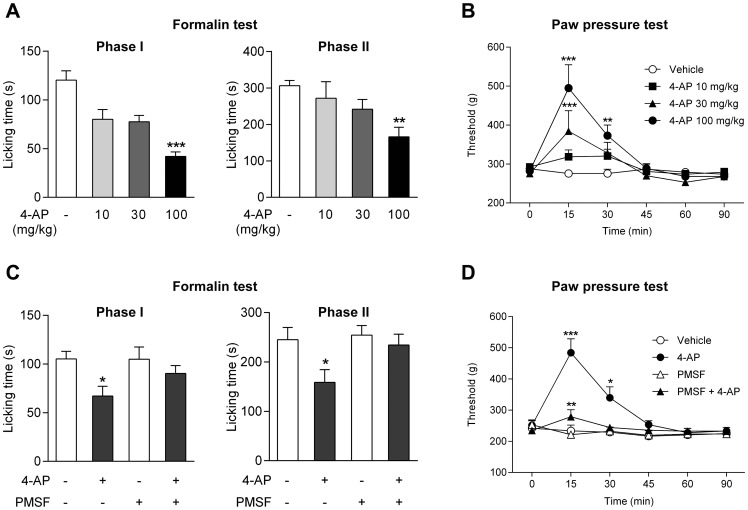Figure 5. The antinociceptive effect of 4-aminophenol is dependent on fatty acid amide hydrolase (FAAH) in rats.
4-Aminophenol at a dose of 100 mg/kg significantly reduced the first and second phases of the formalin test (A; n = 7–8). Both the 30 mg/kg and the 100 mg/kg doses of 4-aminophenol increased the withdrawal threshold in the paw pressure test (B; n = 8). Pre-treatment with phenylmethanesulfonyl fluoride (PMSF; 10 mg/kg) substantially reduced or prevented the antinociceptive effect of 4-aminophenol (100 mg/kg) in the formalin (C; n = 10–14) and paw pressure (D; n = 7–11) tests. The different doses of 4-aminophenol were injected by the intraperitoneal route 10 min before the tests. PMSF was injected subcutaneously 20 min before 4-aminophenol administration. *p<0.05, **p<0.01 and ***p<0.001 when compared to vehicle injection, using Kruskal-Wallis one-way ANOVA followed by Dunn’s test (A), repeated measures two-way ANOVA followed by Dunnetts (B) or Sidak’s (D) multiple comparisons tests, or Mann-Whitney U test (C).

